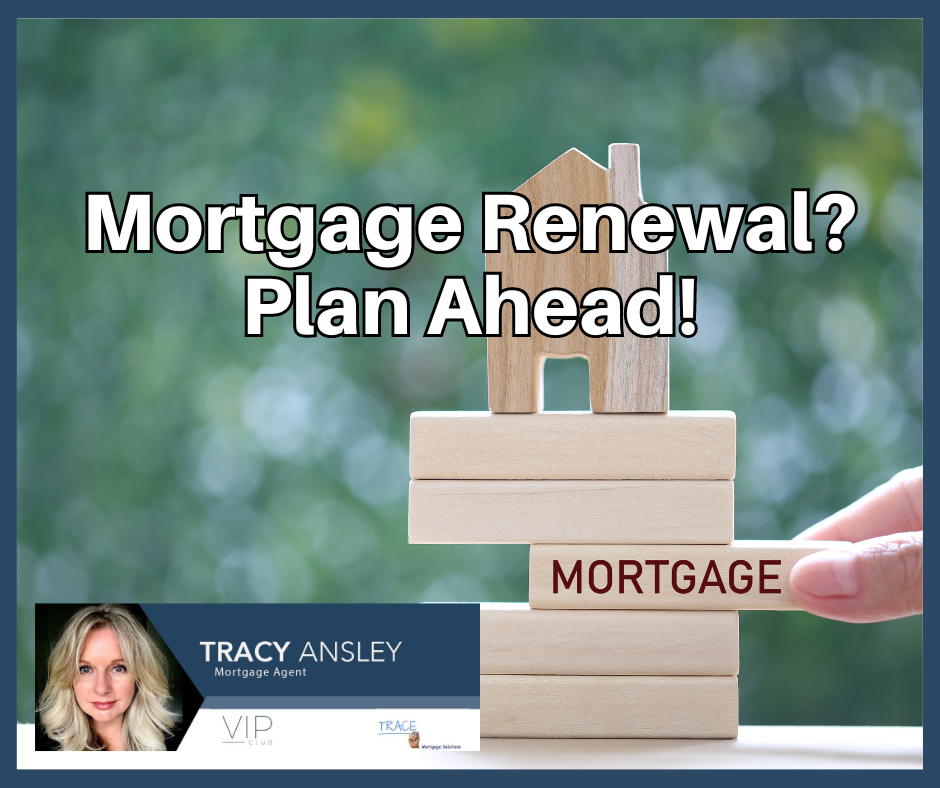The Bank of Canada cares about one thing, and it’s NOT your mortgage payment.
There are a lot of stories bubbling up in the news about the huge amount of mortgage renewals coming in 2024 and 2025, etc. (some estimations say that nearly 52% of all mortgages will be renewing), and that the Bank of Canada is going to be pressured into addressing the cost of borrowing by lowering interest rates sooner. We are hearing rumblings of rates being cut as soon as spring of next year, to accommodate people with mortgages renewing, because their payments will go up 10%, 30%, or 40% over the coming years, about the payments they have been accustomed to from the previous 5 years. Those increased payments are significant.Let’s Be Clear:
The Bank of Canada cares about one thing, and it is NOT your mortgage payment. The Bank of Canada cares about inflation hitting the 2% target. That’s it. Until inflation hits that target or gets within range, we shouldn’t be expecting any early rate cuts simply because many Canadians will have skyrocketing mortgage payments over the next couple of years. That is not what drives the Bank of Canada to make its decisions. The segment of Canadians who own homes and have mortgages coming up for renewal will not drive the Bank of Canada rate policy. It won’t. Is there still a chance that rates could start to drop next year? Yes. But, let’s not count on that. There is also a chance that rates could remain where they are for another 12 months. We cannot rule out the possibility of another rate increase, as the Bank of Canada has taken a very public hawkish stance. All it will take is the employment numbers and consumer price index numbers to go the wrong way a little bit. We are not out of the woods. Not by a long shot. There is national concern around mortgage payment default and a possible increase in home foreclosures, all driven by the substantial increase in interest rates at mortgage renewal time. The banking institutions are all preparing and insulating for this possibility. This will especially have a significant impact on homeowners of retirement age with fixed incomes, as they grapple with higher mortgage payments. The shift from historically low interest rates could result in monthly interest charges climbing by hundreds of dollars, and putting people who have worked their whole life toward building equity in their homes at risk.
“You can plan for your future, which is right now, but you only have right now to plan for your future.
Things to Consider:
- If you are a retired (or soon-to-be-retired) homeowner with a renewal coming up next year, it may be prudent to start considering your plan of action now, to mitigate and navigate the coming changes in your monthly cash flow. As a savvy homeowner, you undoubtedly had a retirement financial plan in place, but no one saw this coming. Talk to a financial planner and mortgage professional again now, to strategize before the bank sends you a renewal letter. You can start the process as early as 6 – 9 months in advance of your mortgage renewal date and develop a strategy tailored to your specific situation.
- Conduct a thorough “future forecast” financial assessment to understand the potential impact on your budget and monthly cash flow.
- Consider Downsizing: You have seen a dramatic increase in the value of your home in the last 10 years, as we have seen a tripling or even a quadrupling in home values. You have gained a huge amount of equity, even if you still hold a mortgage. It may make sense to take advantage of that equity by downsizing and lowering your mortgage or becoming mortgage-free. Explore downsizing as a strategic option to unlock equity and reduce financial strain. While the prospect of downsizing may seem daunting, it presents a viable option to leverage equity gains and ensure a more sustainable financial future.
- Explore mortgage options, such as a reverse mortgage: Many people live on their RRSP savings and government pension, and sometimes the money runs out or doesn’t stretch as far as you need every month. If you bought your home 25 – 30 years ago, it’s gone up in price exponentially. If you have no mortgage and you are considering moving to downsize, you can tap into the equity of your current home for the down payment and closing costs of your new home by taking out a reverse mortgage. A reverse mortgage allows you to take up to 55% of your home’s current appraised value. It is a viable alternative to using or taking out a line of credit and being subject to the new burden of monthly payments. A reverse mortgage is a very simple concept: The lender gives you the money based on the amount of equity in your home and there are zero payments due. Because you are borrowing the money and leveraging your home’s equity, there are no tax consequences. This money is yours and it’s non-taxable. You can do what you want with it and you are not obligated to pay out the loan until you sell your home. In the case of using the money for a downpayment to buy a new home, you would be offered what is considered a bridge loan. You would borrow what you need from your current home for your down payment and this loan is paid back when you sell and a new reverse mortgage is put in place for the new home for the amount you need, or want., If you need, or want it. If you don’t require it, then you are back to being mortgage-free and hopefully have enough retained profit from the sale to bolster your savings and live well.
- If you find that your monthly cash flow is still too tight, you may wish to consider a reverse ortgage on the new property. You can take it out in a lump sum, or have it paid out to you in monthly payments into your bank account to supplement your retirement income. It’s your money and you choose how you use it. The beautiful thing about reverse mortgages is that as long as you pay your property taxes and keep your property in good condition and insured, the lender can never call the loan. You don’t have to worry, you will never lose your house. A reverse mortgage is a mortgage like any other, but it does come with a higher interest rate than a prime mortgage, usually by about 1 – 1.5%. The difference is that the payments are added to the end. Just like any other mortgage, the loan is paid back when you sell the house. Your home will continue to increase in value, year over year, and because you can never borrow more than 55%, the longer you live in your home, the more equity you will retain. A recent study showed that more and more Canadians are living longer and living longer in their own homes. Living in your own home offers a far better quality of life. A reverse mortgage is a wonderful option for people who want to stay in their home and continue to enjoy that quality of life without having to worry about how they will afford it.


